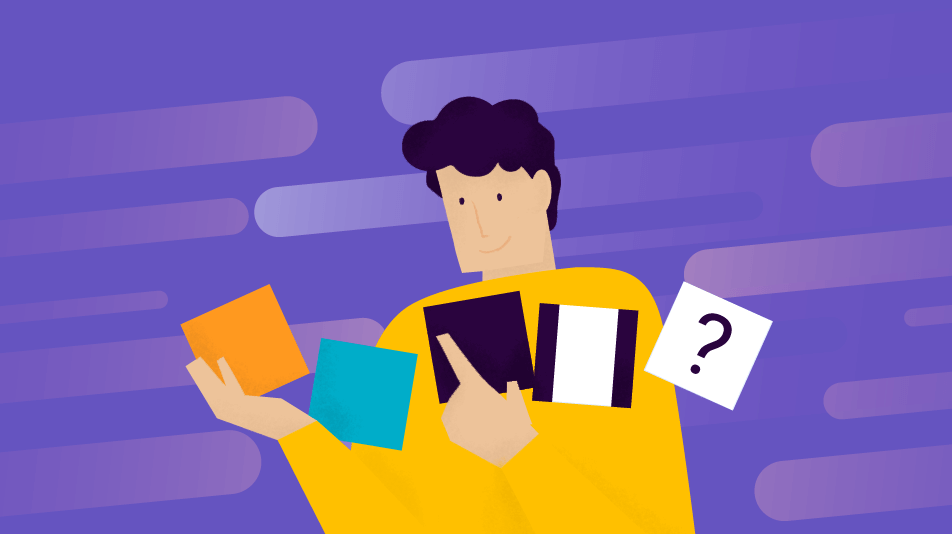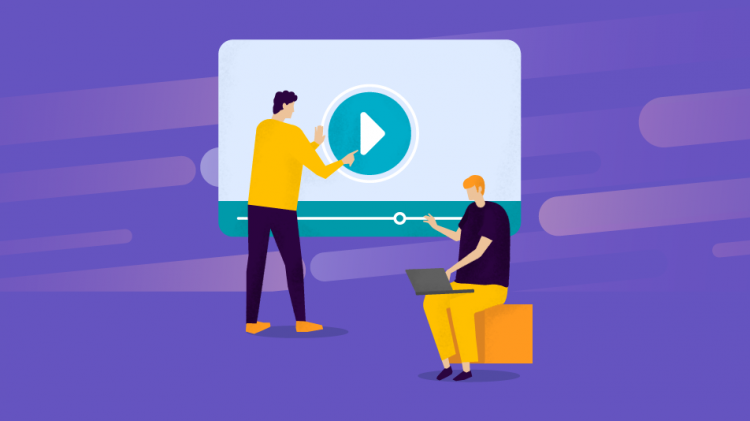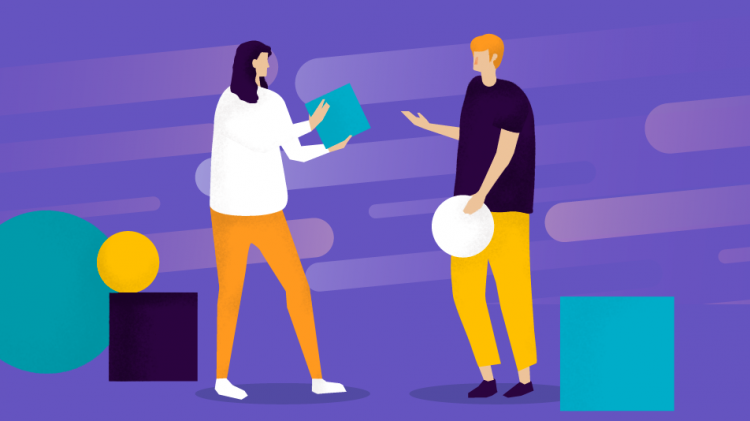Lesson planning is, in many cases, the key to a successful learning session. Writing down basic points of action, describing the best way to teach the material, or mapping out the structure of how you will present your lesson in an effective matter are all excellent steps towards making sure that you are providing your best work for your students.
Benefits of Planning a Virtual Classroom Lesson
Teachers rarely agree on useful practices, but lesson planning is one of the exceptions. There are many benefits to organizing your teaching session in advance, such as:
- By organizing the lesson’s elements you can ensure that they are not repeating, but complementing each other.
- It allows you time in advance to think about the best way to present the most important material.
- You can fit in time for games, songs, and other activities that add to the learning process.
- It ensures the best structure to ease your students into the topic
- It gives you time to think about the lesson’s format and come up with new ideas.
As teachers we often don’t give ourselves the opportunity to create a well thought-out lesson plan. This is a missed opportunity that could help improve our teaching and the results of our work.
A common mistake, as far as lesson plans are concerned, is to use the same learning trajectory over separate sessions on the same topic. Your plan should reflect the differences in each student. When we help and encourage our students to do their best, it is most helpful to provide them with a lesson that is tailor-made to their needs. In addition, when you teach a student a lesson that is interesting to them, there is a greater chance of boosting their creativity, as well as their ability to comprehend and remember.
How to Plan a Virtual Classroom Lesson
Preparing for a virtual classroom session might be challenging for a tutor. In addition to the need to plan the lesson’s structure, the teacher also needs to adapt their ideas to the virtual environment.
Boost your creativity

Before starting to plan, take a second and try to define in two to three words what the goal of your lesson will be, i.e., what it is that your students should be able to do after the session is over (for example, identifying past perfect tense). Use this goal as the basis of your lesson plan and then start creating.
Before creating the actual outline of the class, try to think of some of the best or craziest ideas and put them down on paper. Some good techniques to boost creativity are brainstorming, mind mapping, or, if you don’t have lots of time, color coding.
After writing down some of your most unusual ideas, put them in order, and try:
- not to place two similar activities one after the other
- not to focus on boring exercises, but rather on practices with substance
- to have strong and memorable openings and closings
- to leave time for questions and undirected discussion
Although this seems like simple advice, you may be surprised by the results.
Take out the best

After planning the activities and implementing some of the crazy ideas in your lesson, it is time to use the virtual classroom’s toolbox. Starting with the most obvious features and moving down to those that are rarely used, the virtual classroom offers a large variety of activities that are inaccessible (or more difficult to use) in the traditional classroom, and which will help take your lesson plan to the next level.
Some ideas:
- Play some short videos on the topic. The virtual classroom provides the ability to simultaneously play different videos to smaller groups of students. After the video you could have a discussion about them.
- Provide images. Images are extremely easy to include in the virtual classroom and can be used in a variety of ways: as a matching game, to be grouped based on certain criteria, or to visualize an idea. Students are also allowed to post on the online whiteboard so they can be the ones who are searching for appropriate images.
- Show sources of information. The virtual classroom allows you to share your screen with your students, so why not, instead of providing a list with websites on the topic, just show them in real time. The same goes for presentations on other platforms that can be used directly online without downloading.
- Use colors. Code your plan with colors. Color coding is a tool that is always at the teacher’s disposal, which is both very simple and very useful as it gives additional information to the brain. The virtual classroom takes color coding to the next level by providing a huge choice of tones.
- Implement your plan in the whiteboard. A major advantage of the virtual classroom is the ability to create templates in advance. This way you can prepare your lesson not only as a plan, but also as a presentation.
Mix and match old and new

Using the virtual classroom does not mean leaving behind all of your proven methods from the traditional classroom. Think of ways to adjust your favorite exercises and games so that you can use them in the virtual environment. For example, a game using small pieces of paper can be transformed using the colors and shapes provided by the virtual classroom’s software.
Boost your students’ creativity
Use your lesson plan to figure out ways to boost your students’ creativity. More likely than not, if your students have fun during the teaching session, they will learn and remember much more. Think of ways to involve them in the learning process by planning activities that require them to participate.
